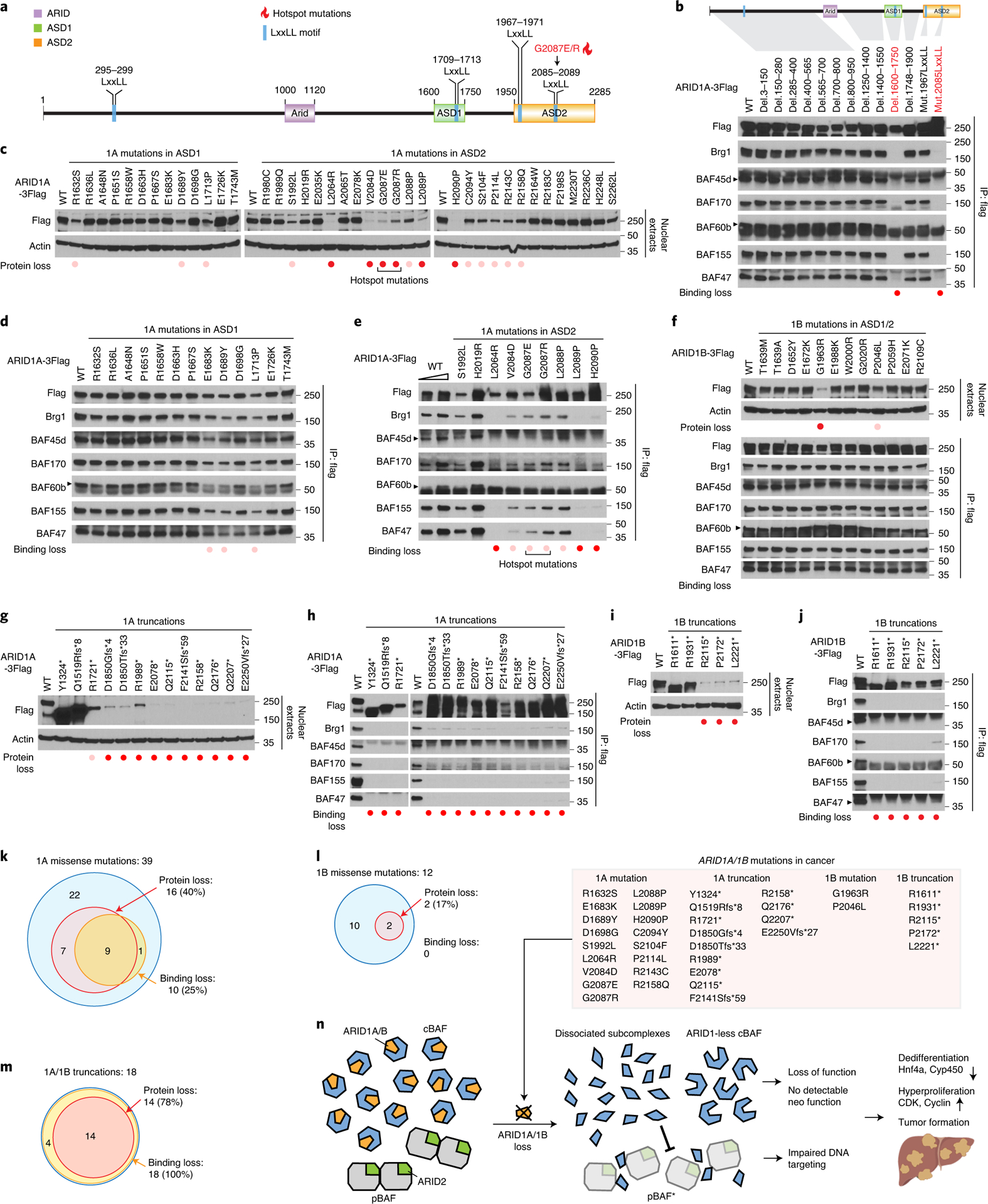Figure 8. Biological consequences of 69 ARID1A/1B mutations in cancer.

a. Schematic of ARID1A domains, conserved LxxLL motifs, and hotspot mutation location.
b. IP experiments for mapping the domains/residues responsible for ARID1A’s ability to scaffold.
c. Western blot showing the influence of ARID1A missense mutations on protein stability.
d. IP experiments showing the influence of ARID1A missense mutations within ASD1 and
e. ASD2 (selected mutations shown here, see Extended Data Fig. 5d for all analyzed mutations) on the physical interactions with BAF subunits.
f. Western blot and IP showing the influence of ARID1B missense mutations on protein stability and interactions with other BAF subunits.
g. Western blot showing the influence of ARID1A truncations on protein stability.
h. IP experiments showing the influence of ARID1A truncations on interactions with BAF subunits. Protein expression of ARID1A truncations was titrated to WT levels.
i. Western blot showing the influence of ARID1B truncations on protein stability.
j. IP experiments showing the influence of ARID1B truncations on the interactions with BAF subunits. Protein expression of ARID1B truncations was titrated to WT levels.
k. Summary of the influence of missense mutations on ARID1A stability and scaffolding
l. Summary of the influence of missense mutations on ARID1B stability and scaffolding.
m. Summary of the influence of truncations on ARID1A/1B stability and scaffolding.
n. Model for how residual cBAF subcomplexes impair pBAF function to promote cancer. Model figure showing intact cBAF complexes on the left with ARID1 proteins (yellow), cBAF components (blue), ARID2 (green), and pBAF components (grey). ARID1A and ARID1B missense mutations and truncations in cancer that lead to loss-of-function are listed. ARID1-less cBAF does not bear ectopic chromatin remodeling activities. We propose a model where dissociated subcomplexes from cBAF disrupt pBAF higher order assembly and activities. Loss of SWI/SNF homeostasis leads to rapid dedifferentiation, hyperproliferation, and carcinogenesis.
